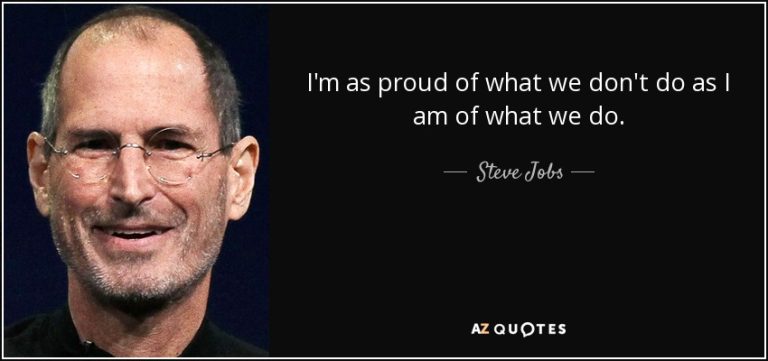I had one of the fastest career tracks to General Management at Procter & Gamble. In a company that only hired for entry-level positions and promoted from within, one would have to perform well for around 14 years to have his or her first assignment as a General Manager. I did it in a little over seven years. I attribute this fast track to my ability to always “drop some balls.”
In my first assignment as a Brand Assistant in Cincinnati, my Brand Manager assigned me two projects with equal budgets. What would most new hires do? They would try to complete both ahead of time, within or below budget, and probably add something else to demonstrate how good they are. I took a look at both – and after a month, concluded that we were trashing $2.5 million dollars/year in one project which yielded no results, and underspending on the other, which was responsive to Marketing spending. I went back to my surprised Brand Manager and told him I wanted to “drop the first project,” take half of the budget and invest the added budget in the other. He sent my recommendation to the General Manager who approved the proposal. By the end of the year, the brand had lost market share and we had a difficult budget meeting with the Category President. At the end of the meeting, he said: “Who executed project X?” Then everybody opened the space around the long table and pointed at me. He said: “This was the bright spot in the performance of this brand last year. Very well executed. Congratulations and thank you.” I then learned the value of “dropping some balls.”
Two years later, as a Brand Manager in Brazil, I was assigned a product category making a small profit. My boss, the president of the subsidiary, who I have come to respect and learn a great deal from, gave me some advice I never forgot: “Every year choose two or three things that can really make a difference in your results, execute them with excellence, and drop the rest.” Music to my ears. I had a lot of brands to take care of and quickly spotted the ones with potential and the ones without it. Since most of the low-performing brands were local, my recommendation was to sell the non-performing ones and re-invest the proceeds in the ones with potential. In three years that business was the third most profitable business in the category for P&G around the world. Thank God we dropped some balls.
So “dropping balls” became a motto for me during my career. When I became president of AOL Brazil in the early 2000s, AOL was the largest internet company in the world, however, the business in Brazil was not doing well. Four months after its launch, the company was losing subscribers. We were a fourth distant player in the Internet Service Provider universe. During that time, more than ever, I caught myself thinking “I must drop this ball” to focus on my first three priorities. But the focus on just a few projects allowed us to add more subscribers in the last trimester of the year than all of the first three competitors combined. That visible performance in the market helped me, at the age of 42, to land the CEO job of a multi-billion dollar telecommunications company, where I continued to “drop balls”…
Steve Jobs created the company with the largest market cap in the world – a mere $2.915 trillion as of today (June 22, 2023) – through the commercialization of only a few products like the iMac, MacBook, iPad, iPhone, and the Apple Watch. He once said: “I am as proud of what we don’t do as I am of what we do.” One can only guess how many balls he had to drop to succeed.
So, are you dropping enough balls to maximize your results? Are you including the principle of “dropping balls” in your own management style and in the culture of your company? It is never too late to start!
